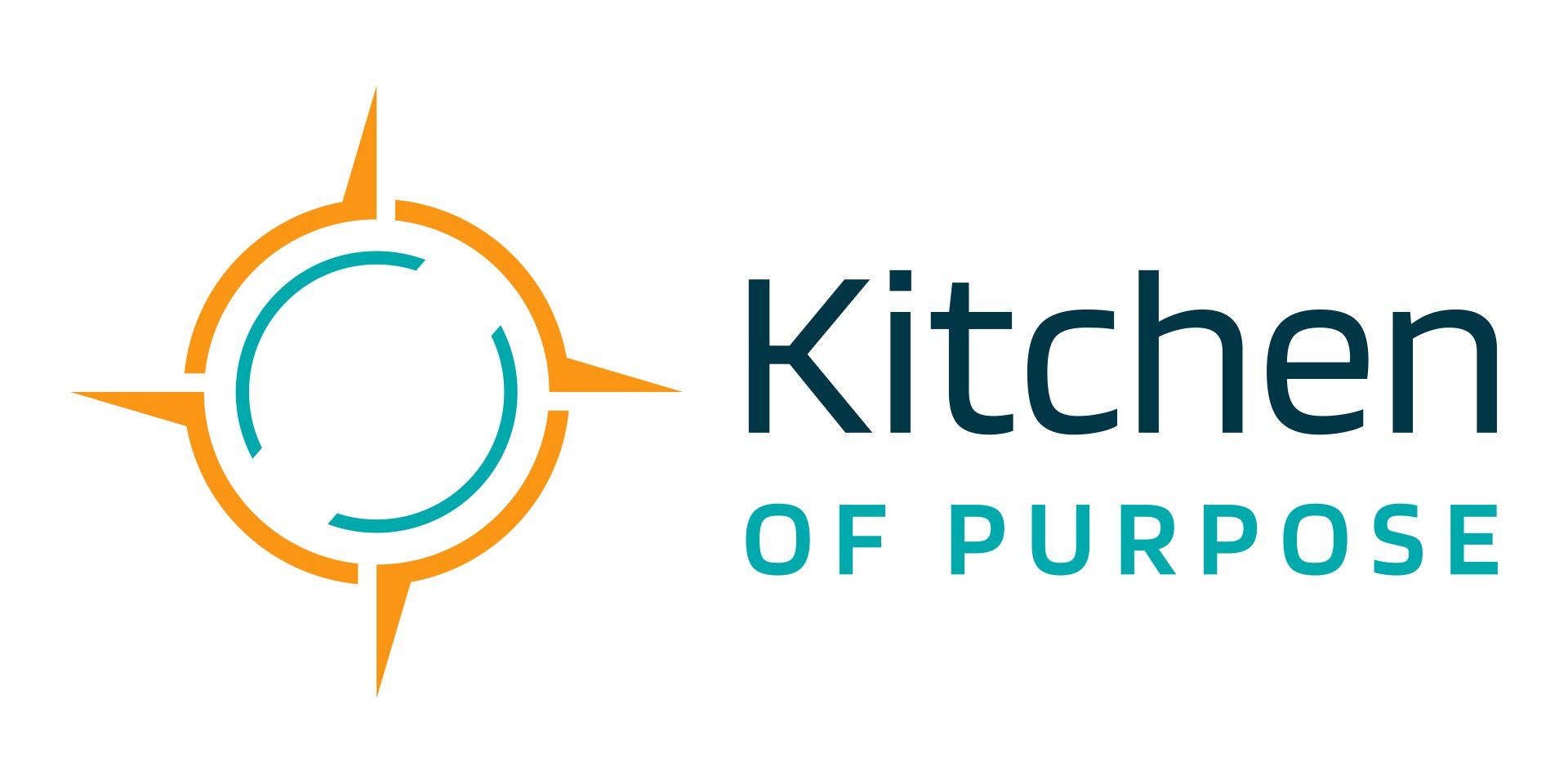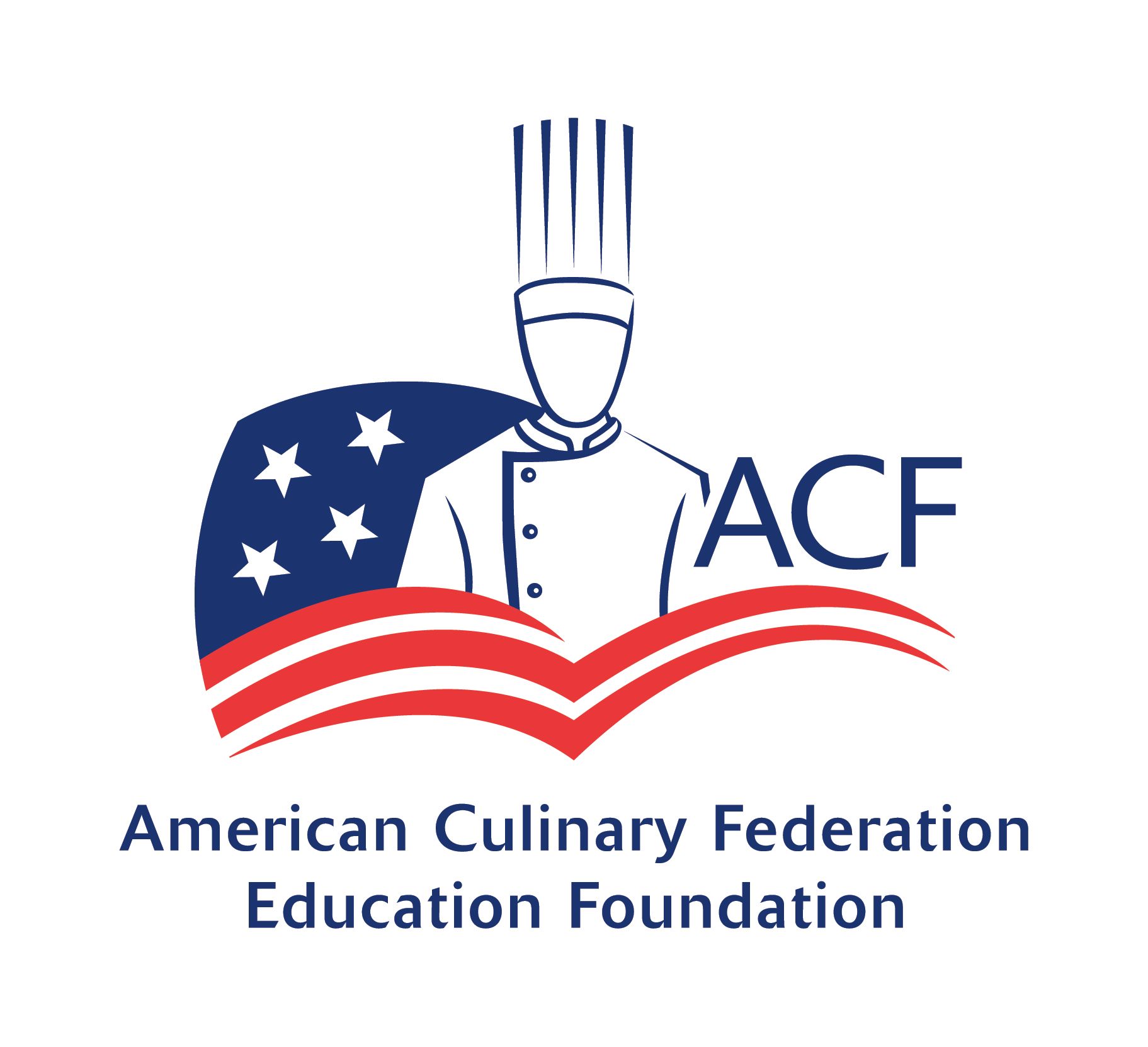Family Level Challenges
Unemployment and Food Insecurity in the DC Area
We tackle obstacles to employment faced via a comprehensive program that includes:

2.7%
Unemployment
Rate

32%
Residents are
"food insecure"
*Data extracted from: Capital Area Food Bank 2023 Report and The Bureau of Labor Statistics 2023.
Unemployment
Malnutrition
Inability to access good jobs produces many negative side effects. Low-income families often battle hunger and malnutrition due to their financial instability.
This challenge is further deepened by the fact that many individuals have unhealthy eating habits, which they also pass onto their children. Moreover, healthier food options oftentimes is unaffordable for these families because of its high price tag.
Simultaneous Challenges In The Food Service Industry
In 2025, the food industry faces a shortfall of approximately 200,000 line cooks, as reported by the New York Times. This scarcity is exacerbated by employees lacking necessary certifications and soft skills, hindering their ability to secure and retain jobs. Barriers to employment include language barriers, insufficient access to affordable training, challenges in transferring certifications obtained abroad, and limited awareness of local resources.





